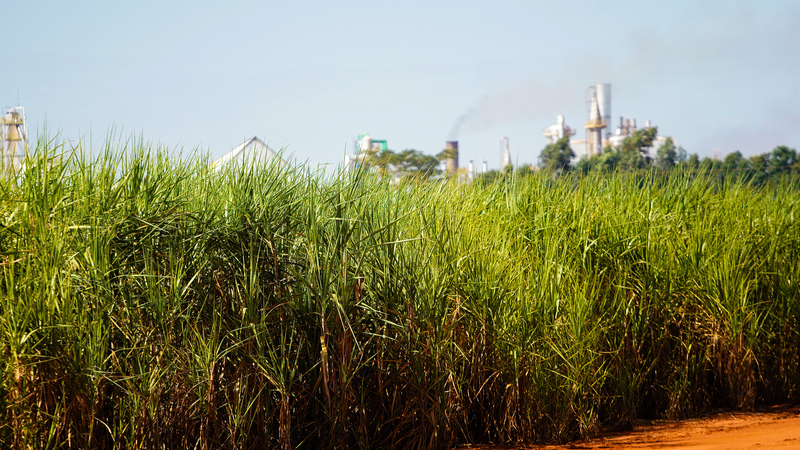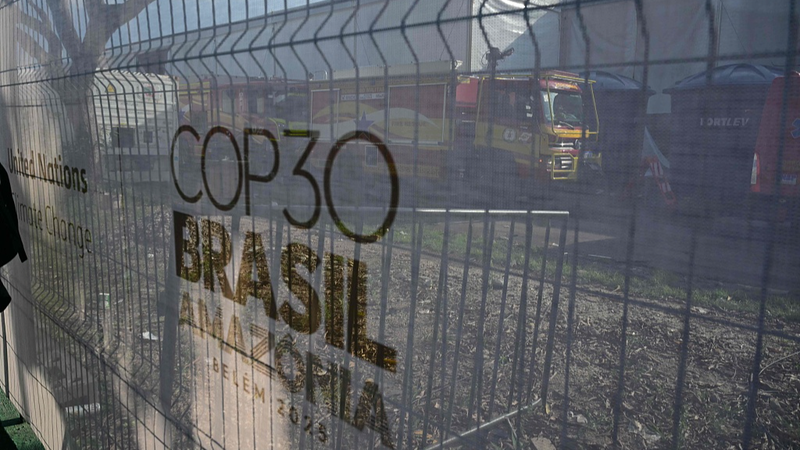After months of volatility, global food prices dipped in September, offering a sigh of relief for consumers and policymakers alike. According to the United Nations’ Food and Agriculture Organization (FAO), the FAO Food Price Index averaged 128.8 points last month, down from a revised 129.7 in August.
On the surface, prices remain 3.4% higher than a year ago, but they’re still nearly 20% below the record high set in March 2022—proof that shocks like the Russia–Ukraine conflict can ripple through markets long after headlines fade.
Sweet Relief
The FAO sugar price index plunged 4.1% in September, hitting its lowest level since March 2021. A bumper crop in Brazil and promising harvests in India and Thailand helped tip the scales toward an abundant supply.
Dairy & Grains
Dairy prices slipped 2.6%, led by a sharp drop in butter amid strong production forecasts in Oceania. Meanwhile, FAO’s cereal benchmark edged down 0.6%—wheat fell for a third straight month thanks to large harvests and subdued demand, while maize eased on the back of Argentina's temporary suspension of export taxes. Even rice cooled off, as buyers in the Philippines and Africa paused orders.
Meat on the Rise
Not all food categories followed the easing trend. FAO’s meat price index jumped 0.7% to a fresh record peak, with beef prices especially hot in the U.S., where strong demand collided with tight domestic supply.
Future Forecasts
In its latest outlook, FAO lifted its 2025 global cereal output forecast to 2.971 billion metric tons, up 3.8% from 2024—marking the biggest annual increase since 2013. Wheat, maize and rice all contributed to this bullish revision.
What does this mean for you? If you’re a budget-savvy traveler or digital nomad, lower sugar and dairy costs could translate into more affordable café treats on your next adventure. For business and tech startups in food and agri-tech, these shifts underscore the need for flexible sourcing strategies. And for thought leaders and changemakers, the data highlights how climate patterns and policy decisions shape what lands on our plates.
Reference(s):
cgtn.com




